The Northern Cardinal, a bright red bird commonly found in the eastern United States, is a beloved sight in many backyards. With their vibrant red feathers, male Northern Cardinals stand out amongst their feathered counterparts. But they aren’t the only red birds in town. House Finches, Purple Finches, Cassin’s Finches, Red Crossbills, Vermilion Flycatchers, Summer Tanagers, Hepatic Tanagers, Scarlet Tanagers, Rufous Hummingbirds, and Allen’s Hummingbirds also sport shades of red. However, it’s important to note that while most males of these species display red plumage, females and immature males have distinct appearances. In the western part of the United States, Rufous Hummingbirds and Allen’s Hummingbirds stand out with their completely red feathers. In other states, various bird species showcase hues of red, rusty, or orange.
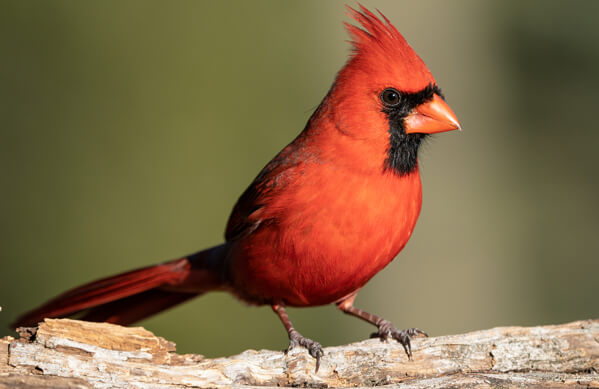
Physical Description
Size and Shape
The Northern Cardinal is a medium-sized bird, measuring about 8 to 9 inches long. It has a sturdy, cone-shaped beak that is perfect for cracking open seeds and fruits. With a robust body and a crest on its head, the Cardinal has a distinctive silhouette.
Plumage
Male Northern Cardinals are known for their vibrant red feathers, which cover their entire body except for their black mask-like face and their bright orange beak. Their wings are a deeper red, with black feathers dominating the back and tail. In contrast, females have a more subdued appearance, with a reddish-brown color and a touch of red on their wings and crest.
Sexual Dimorphism
Sexual dimorphism is prominent in Northern Cardinals. While males are visually striking with their vibrant red plumage, females have a more understated beauty. Female Cardinals’ feathers enable them to blend into their surroundings, providing camouflage while nesting and caring for their young. Immature males also resemble females until they reach adulthood.
Habitat and Range
Geographic Range
The Northern Cardinal is a year-round resident in the eastern United States, with its range extending from Maine to Texas and Minnesota to Florida. It is also found in parts of Mexico and Central America.
Preferred Habitats
Northern Cardinals are adaptable birds that thrive in a variety of habitats, including woodlands, forests, gardens, and suburban areas. They are often seen in backyard feeders, where they take advantage of the available food sources.
Behavior
Feeding Habits
Northern Cardinals primarily feed on seeds, berries, and insects. They use their strong beaks to crack open seeds and enjoy a variety of fruits such as mulberries, blackberries, and raspberries. Insects play a significant role in their diet during the breeding season, providing essential protein for their growing nestlings.
Breeding Habits
During the breeding season, which typically starts in late winter or early spring, the male Northern Cardinal exhibits courtship behaviors to attract a mate. He sings melodious songs while fluffing up his feathers and offering food to the female. Once a pair forms a bond, they work together to build a cup-shaped nest using twigs, leaves, and grass.
Migration Patterns
Unlike many other bird species, Northern Cardinals do not migrate. They prefer to stay within their territories year-round. This behavior allows individuals to establish stable nesting sites and maintain their feeding territories.
Vocalizations
Northern Cardinals are known for their distinctive songs and calls. The male’s song consists of a series of clear whistles that are both musical and rich in variety. These songs serve as territorial markers and also help to attract a mate. Female Cardinals have a softer, more subdued call.
Feeding Habits
Diet
Northern Cardinals have a diverse diet that includes seeds, fruits, and insects. They are particularly fond of sunflower seeds and will readily visit feeders that contain them. Their beaks are specifically adapted to crack open seeds and gain access to the nutritious contents within.
Foraging Behavior
When foraging, Northern Cardinals often search for food on the ground or in low shrubs and trees. They use their beak to extract the seeds from plants or the fruits they encounter. In addition, they will flycatch, launching themselves into the air to catch insects on the wing.
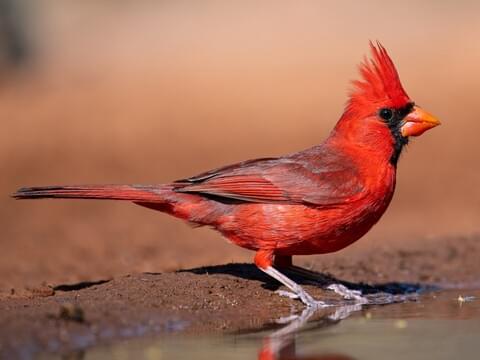
Breeding Habits
Nesting
Northern Cardinals build their nests in dense vegetation, usually in shrubs or trees. The nest is constructed by the female, who weaves the materials together to form a cup-shaped structure. The nest is lined with softer materials such as grass, feathers, and rootlets for added comfort.
Courtship Behavior
Male Northern Cardinals exhibit elaborate courtship displays to attract females. They sing from prominent perches, puff up their feathers to appear larger, and engage in a hopping dance. The male will often bring food to the female as part of the courtship ritual.
Egg and Incubation
Once courtship is successful, the female Northern Cardinal lays a clutch of 2 to 5 eggs. These eggs are a light blue-green color with brown speckles. The female is primarily responsible for incubating the eggs while the male feeds her. Incubation typically lasts around two weeks.
Parental Care
Both parents participate in caring for the nestlings. They take turns feeding the hatchlings with regurgitated food and keeping the nest clean. As the nestlings grow, the parents gradually introduce them to solid foods, transitioning them from a diet of insects to seeds and fruits.
Fledging and Juvenile Stage
After about 9 to 11 days, the nestlings begin to fledge, or leave the nest. However, they are not fully independent at this stage and still rely on their parents for food and protection. The parents continue to care for the fledglings for several weeks until they are capable of finding food on their own.
Migration Patterns
Seasonal Movements
As mentioned earlier, Northern Cardinals do not migrate. They are non-migratory birds, which means they remain in their territory throughout the year. This behavior allows them to establish and defend their feeding and nesting areas.
Migration Routes
Since Northern Cardinals do not migrate, they do not have specific migration routes. However, some individuals may occasionally make short-distance movements within their range in response to changes in food availability or environmental conditions.
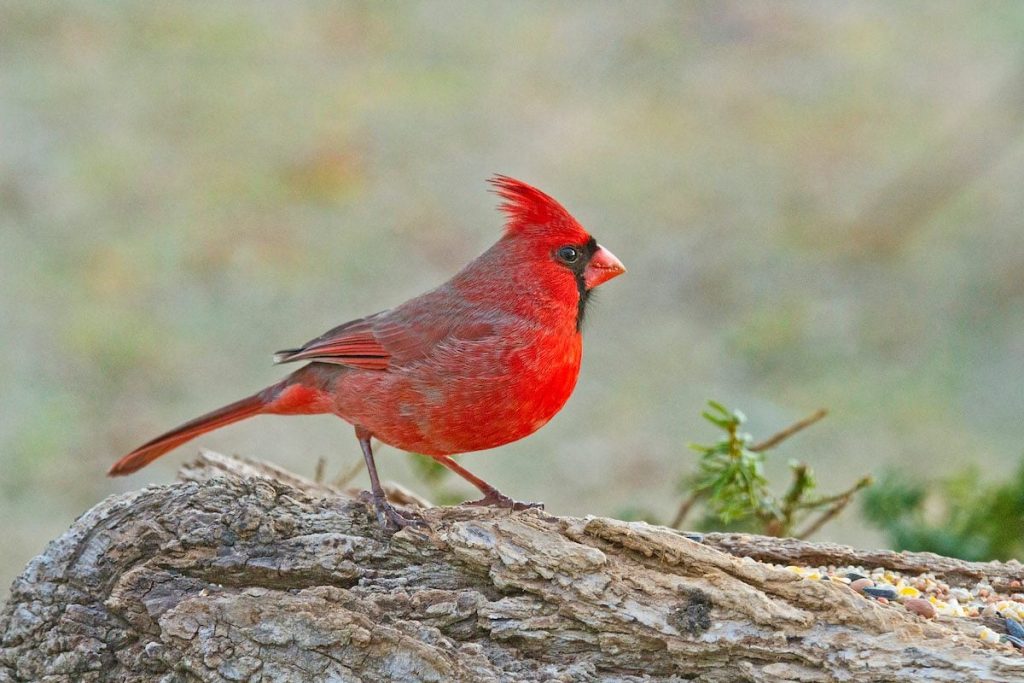
Vocalizations
Songs
The Northern Cardinal is known for its beautiful and varied songs. The male’s song is a series of clear whistles, often described as sounding like the phrase “what-cheer, what-cheer, cheer-cheer-cheer.” Their songs can be melodic, complex, and rich in tone. Male Cardinals often sing to establish territory boundaries and attract females.
Calls
In addition to their songs, Northern Cardinals have various calls for different purposes. Their most common call is a short, metallic “chip” sound, often used to communicate with other members of their flock. Males also have a distinct call used during courtship or when defending their territory.
Meaning and Communication
The vocalizations of Northern Cardinals serve multiple purposes. They are used to establish territories, attract mates, and communicate with other individuals within their flock. These calls and songs play a vital role in maintaining social bonds and ensuring successful reproduction.
Interaction with Humans
Backyard Visitors
Northern Cardinals are one of the most common backyard birds in the United States. Their vibrant red plumage and unique songs make them a delightful sight and sound in gardens and feeding stations. Many people enjoy attracting Cardinals to their yards by providing bird feeders stocked with seeds.
Symbiotic Relationships
While Northern Cardinals do not have any specific symbiotic relationships with other species, they often benefit from human activities. The availability of food sources, such as bird feeders and gardens, provides an ample food supply for these birds, allowing them to thrive in urban and suburban landscapes.
Conservation Status
The Northern Cardinal is a species of least concern when it comes to conservation status. Their widespread presence and adaptability to various habitats contribute to their stable population. However, preserving their natural habitats and providing suitable food sources in human-dominated landscapes are essential for their continued well-being.
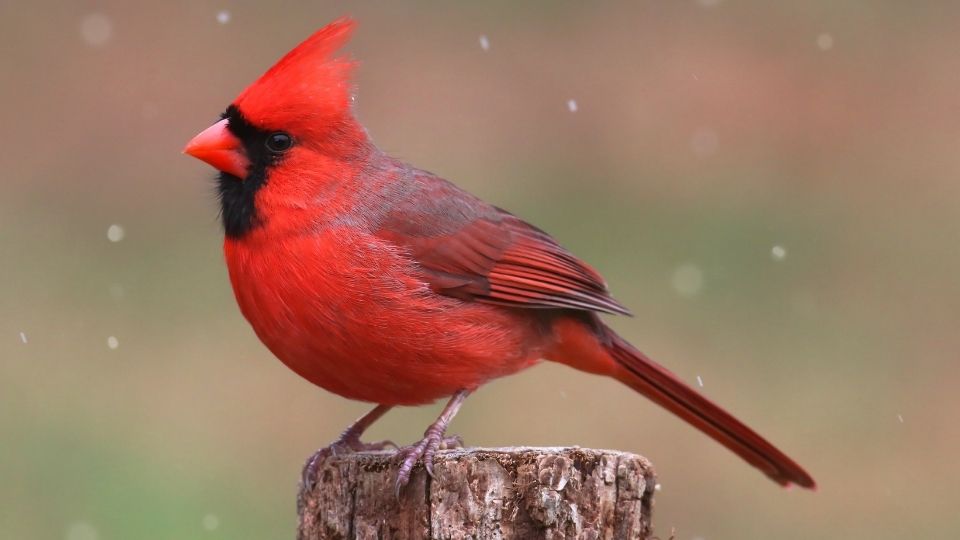
Similar Red Birds in the Eastern United States
House Finches
House Finches are another red bird species commonly found in the eastern United States. Male House Finches have red or rosy plumage on their heads, necks, and chests, while females have more subtle coloration with streaks of brown and gray.
Purple Finches
Purple Finches have a reddish hue on their heads, breasts, and backs. The males exhibit a more intense red color, while the females have a mixture of brown and white feathers.
Cassin’s Finches
Cassin’s Finches have a rufous coloration on their backs and yellowish-green accents on their wings and tails. Males boast brighter red plumage on their heads and chests compared to females.
Red Crossbills
Red Crossbills have red plumage, which is brighter in males, and distinct crossed bills adapted for extracting seeds from cones.
Vermilion Flycatchers
Vermilion Flycatchers are small birds with bright red plumage and a crest on their head. They are found in the southern parts of the eastern United States.
Summer Tanagers
Male Summer Tanagers have a vibrant red plumage, whereas females exhibit a yellowish-green color that gradually changes as they age.
Hepatic Tanagers
Hepatic Tanagers have a rusty red plumage with a dark gray or dusky head. They are typically found in the southwestern region of the United States.
Scarlet Tanagers
Scarlet Tanagers are known for their intense scarlet plumage and black wings. These birds are migratory and can be seen in the eastern United States during the breeding season.
Rufous Hummingbirds
Rufous Hummingbirds have entirely reddish-orange plumage, making them one of the few birds with no sexual dimorphism. They are mainly found on the western side of the United States.
Allen’s Hummingbirds
Allen’s Hummingbirds also have bright reddish-orange plumage, but their range extends further into the southwestern United States.
Other Red, Rusty, or Orange Birds
State-specific Species
Various states in the eastern United States boast their own unique species of red, rusty, or orange birds. Some examples include the Florida Scrub-Jay, the Painted Bunting in the southern region, and the American Goldfinch, which sports vibrant yellow and rusty red plumage during the breeding season. These state-specific species contribute to the diversity of colorful birds across the country.
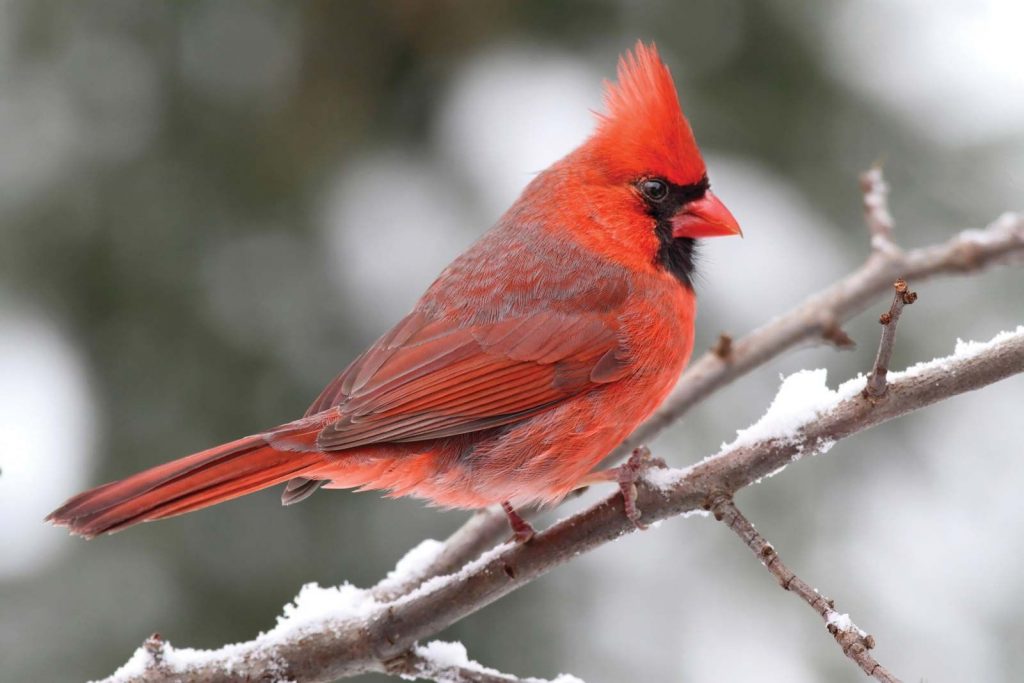
Leave a Reply